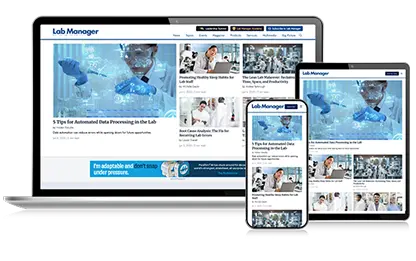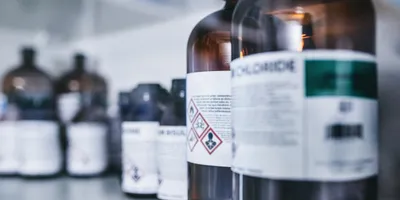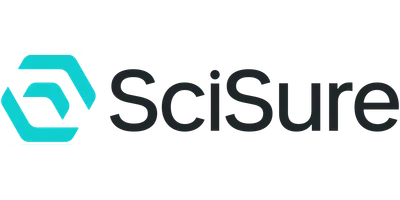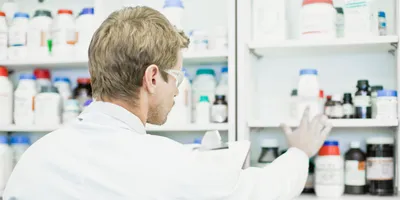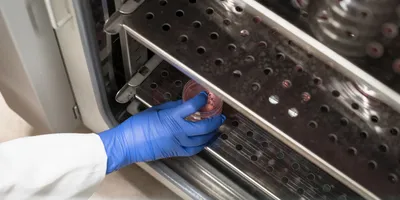When purchasing chemicals for a science laboratory—whether at a collegiate, university, or high school level—it is crucial to consider several factors to ensure safety, compliance, and educational value. With the increasing regulation of chemicals in educational institutions, it is more important than ever for lab managers and educators to evaluate their necessity, hazards, and alternatives before making a purchase.
Understanding Chemical Restrictions
Has your state or district started prohibiting the use of certain chemicals in your science laboratory? This is a growing concern for educators and lab professionals. Banning chemicals without considering their frequency of use, educational value, or hazard level is akin to removing an essential textbook from a classroom.
While some chemicals pose risks, they can often be stored, handled, and used safely if their physical, chemical, and hazardous properties are fully understood. Proper precautions—including using appropriate safeguards and personal protective equipment (PPE)—can mitigate many risks.
Key Questions to Consider Before Purchasing a Chemical
1. What is the Relative Hazard Level of the Chemical?
Before purchasing a chemical, assess its risk factors:
- Is it water- or air-reactive?
- Is it corrosive, flammable, or hazardous by inhalation?
- Is it an irritant to body tissue or a known carcinogen?
Understanding these properties will help determine if additional safety measures are required or if an alternative chemical should be considered.
2. How Often is the Chemical Used in Laboratory Activities?
- Is the chemical commonly used in school settings for experiments and demonstrations?
- Does it serve a recurring educational purpose?
A chemical with frequent use in curriculum-based experiments likely holds significant educational value. Conversely, if it is rarely used and highly hazardous, it may be beneficial to investigate less hazardous alternatives.
3. What is the Educational Value of the Chemical?
- What specific topic or lesson does this chemical help illustrate?
- Does it enhance students' understanding of key scientific concepts?
If the chemical is integral to multiple laboratory activities, it may be worth keeping. However, if its use is limited and poses significant risks, exploring safer alternatives is advisable.
4. Have I Used This Chemical Before?
- Am I familiar with how to handle and use this chemical safely?
- Have I previously conducted an experiment involving this chemical?
- Do I feel comfortable managing potential hazards associated with it?
Before introducing a new chemical to students, educators should perform the experiment themselves to ensure they are confident in handling it safely.
5. Is My Laboratory Facility Equipped for Safe Use?
A well-equipped lab is essential for handling potentially hazardous chemicals safely. Ensuring that proper safety measures are in place can prevent accidents and maintain a secure learning environment.
Final Thoughts: Selecting Chemicals for Your Lab
Purchasing chemicals for educational laboratories requires careful consideration. By evaluating the chemical's hazards, educational value, frequency of use, and safety requirements, lab managers and educators can make informed decisions that promote both effective learning and a safe laboratory environment. Always consider regulatory restrictions and explore alternative chemicals when necessary to maintain a responsible and compliant science program.
This content includes text that has been generated with the assistance of AI. Lab Manager’s AI policy can be found here.
